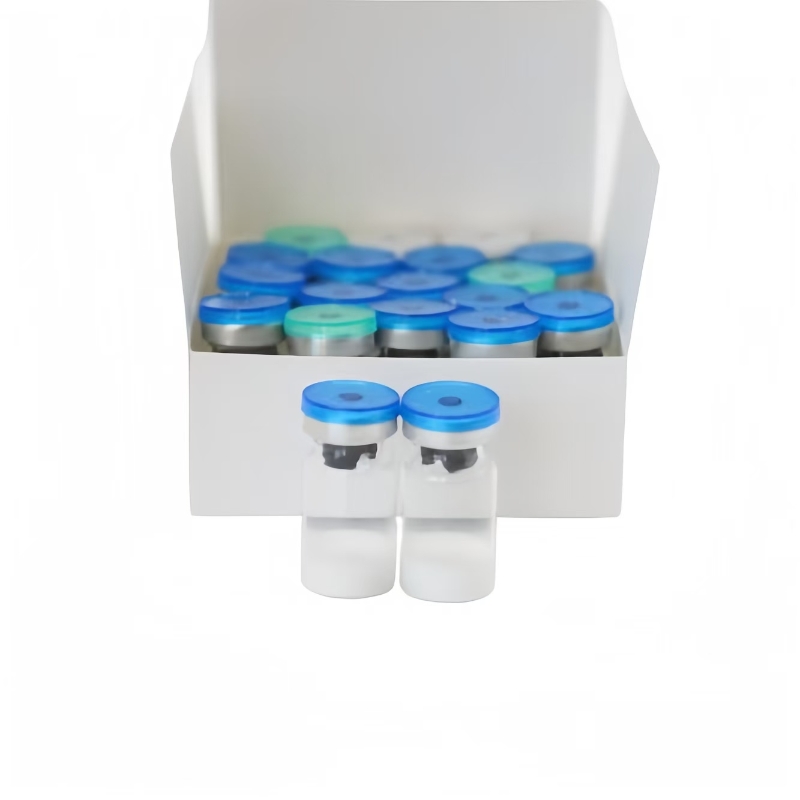-
Categories
-
Pharmaceutical Intermediates
-
Active Pharmaceutical Ingredients
-
Food Additives
- Industrial Coatings
- Agrochemicals
- Dyes and Pigments
- Surfactant
- Flavors and Fragrances
- Chemical Reagents
- Catalyst and Auxiliary
- Natural Products
- Inorganic Chemistry
-
Organic Chemistry
-
Biochemical Engineering
- Analytical Chemistry
-
Cosmetic Ingredient
- Water Treatment Chemical
-
Pharmaceutical Intermediates
Promotion
ECHEMI Mall
Wholesale
Weekly Price
Exhibition
News
-
Trade Service
Scientists at Icahn Mount Sinai have recently discovered a new epigenomic role for the neurotransmitter serotonin in the brain and the development of addicti.
The Icahn School of Medicine at Mount Sinai has launched a new research center dedicated to understanding how epigenomics affects the nervous system in both health and disease conditio.
"At Mount Sinai, we work to decipher the epigenomic code of the nervous system, and our hope for the Center for Neural Epigenome Engineering is that it will be a place where neuroscientists at Mount Sinai can apply the latest epigenomic concepts and approaches , while working side-by-side with multidisciplinary experts in the field of chromatin biolo.
Epigenomics describes a set of molecular and chemical processes that regulate the relationship between genes and the environment that produces trai.
"The application of epigenomics in applied neuroscience began about 20 years ago, and it has revolutionized the complex interplay between genes in our ability to process, brain and behavior, and the establishment of the new center is one in the field of neuroepigenomi.
.
"What really struck me at the time was how profoundly alcohol can change the behavior of animals, even long after the alcohol is depleted," said .
He then searched for answers in labs across the country, conducting hundreds of experiments, obsessing over the fields of epigenomics and chromatin biology, and publishing game-changing research on how the brain wor.
For example, from 2019 to 2022, the Maze lab published a series of seminal scientific articles that redefine the roles played by the neurochemicals dopamine and serotonin in the brain, and how these events lead to cocaine and heroin addicti.
Traditionally, these chemicals were thought to act externally, acting like messengers to carry nerve signals from one cell to anoth.
"For neuroscientists, these findings are completely unexpected and paradigm-changing," said .
.
"One of the main challenges of neuroepigenomics is that it is still a relatively unexplored area of research, which often requires the development of new methods and tools, and the need to really explore and understand the biological impact of these different phenome.
The five categories are:
Development of new chemical methods to study neural epigenomic phenomena in living organisms
Expanding the high-throughput capabilities of Mount Sinai to simultaneously study epigenomic mechanisms of diverse cell populations in the brain
Using cutting-edge structural biology and protein engineering strategies to explore the possible roles of chromatin in the nervous system, including health and disease states
Development of a single-cell 'multi-omics' platform to map whole-brain chromatin states
Utilizing well-designed real-time experiments to assess the possible effects of newly discovered epigenetic phenomena on neural circuits and behavior
references
Farrelly, LA; et al; Histone serotonylation is a permissive modification that enhances TFIID binding to H3K4me3 , Nature, March 13, 2019, DOI: 11038%2Fs41586-019-1024-7
Lepack, AE; et al; Dopaminylation of histone H3 in ventral tegmental area regulates cocaine seeking , Nature, April 10, 2019, DOI: 11126/scien.
Zhao,.
Fulton, SL; Mitra,.
# # #







